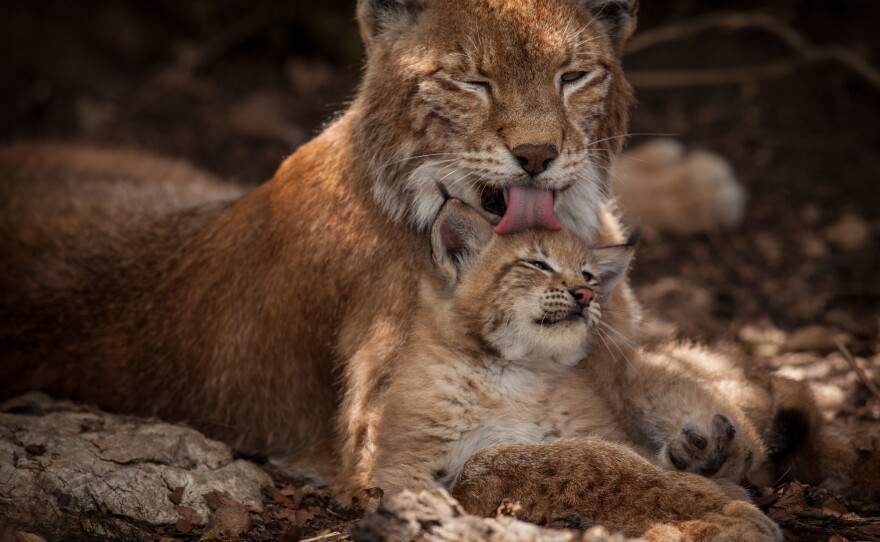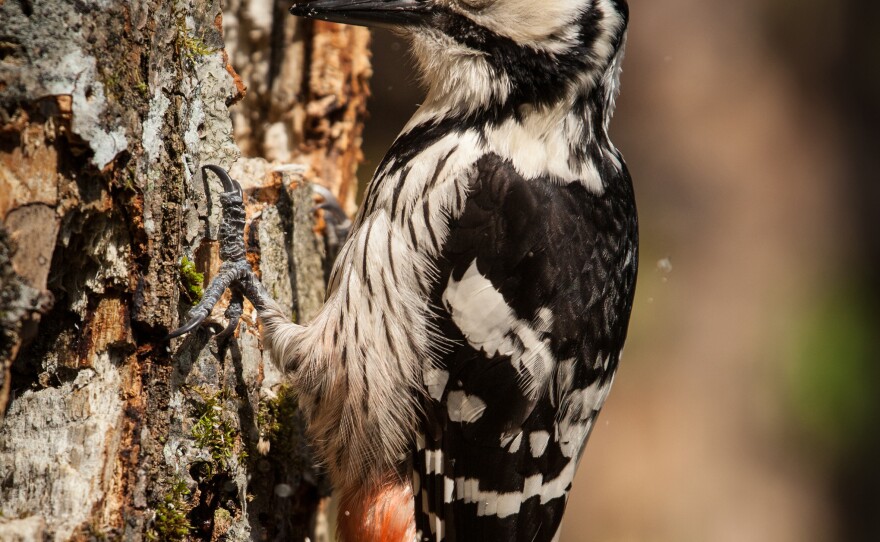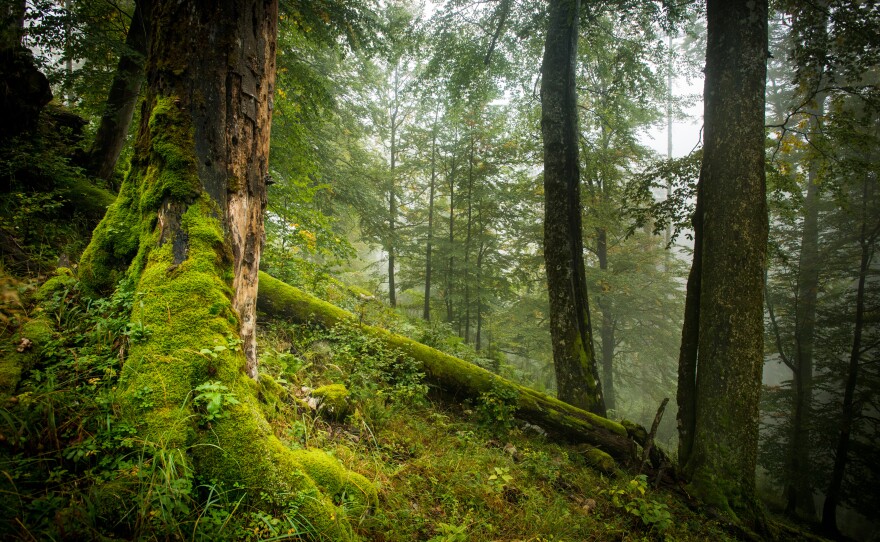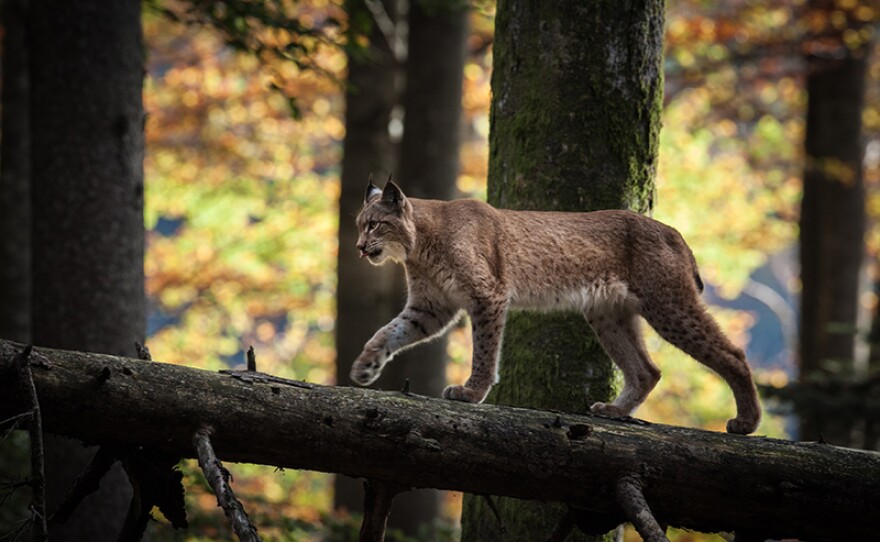NATURE Documents the Cycle of Regeneration and Transformation on "Forest Of The Lynx"
Austria’s Kalkalpen National Park, nestled between two great mountain ranges, is the largest tract of wilderness in the Alps, but it wasn’t always that way. The park was once the site of major logging and mining operations, but those activities ceased more than two decades ago.
Abandoned and unmanaged by man, the Kalkalpen’s forests may look like they are under siege from the extreme mountain weather that impacts its landscape in the form of floods and landslides.
But it is just part of the process of how the park is reverting back to its natural and primeval state. One of the symbols of this return to the wild is the reappearance of the lynx after a 150 year absence from these woods.
Three years in the making, "Forest Of The Lynx" chronicles life in this remote wilderness and the complex partnerships among plants, insects, animals and trees.
The program follows the life cycles of the park’s inhabitants through the seasons.
In the spring, a female lynx sets out to establish her own territory after a year of being reared and taught survival techniques by her mother. It is a solitary life as she has to hunt in a new territory while avoiding other lynxes.
In a different part of the forest, another lynx gives birth to two kittens who need her constant attention. They need every chance to succeed as the film states that only one in four will survive its first year.

Meanwhile, the white-backed woodpecker, one of Europe’s rarest birds, is at work hacking into rotting trees to obtain insects and juicy larvae. It survives in Austria due to the vast quantities of dead wood.

As it is mating season, the pygmy owl forgoes his attacks on songbirds and yellow-necked mice to woo a female. He wins her over by revealing his tree-hole, created by a woodpecker, as it provides a safe shelter for offspring.
As it gets warmer, trees continue to grow until they somehow know they’ve reached their limit. The film explains that the older trees reduce their intake of nutrients from the soil so that the younger trees have as much as they need.
How these trees communicate with each other both above and below ground remains a mystery.
What is clear however are examples of how trees try to combat invaders like bark beetles and alert neighboring trees to these attacks as well as respond to periods of drought.

By fall, the beech trees release their nuts which are either stockpiled by small rodents to survive the winter or left to germinate next spring.
As winter descends, it is mating season for the chamois who inhabit the steep mountain slopes while the trees become inactive.
As for the lynx, their limited reintroduction into the Austrian Alps is being impacted by poaching. But the growing awareness of the lynx’s plight should help protect future populations of this symbol of the ancient forest.

Watch On Your Schedule:
This full episode is available to stream on demand with KPBS Passport, video streaming for members ($60 yearly) using your computer, smartphone, tablet, Roku, AppleTV, Amazon Fire or Chromecast. Learn how to activate your benefit now.
Join The Conversation:
NATURE is on Facebook, Tumblr and you can follow @PBSNature on Twitter. #NaturePBS
Credits:
NATURE is a production of THIRTEEN PRODUCTIONS LLC for WNET. For NATURE, Fred Kaufman is executive producer. "Forest Of The Lynx" is a ScienceVision production.






